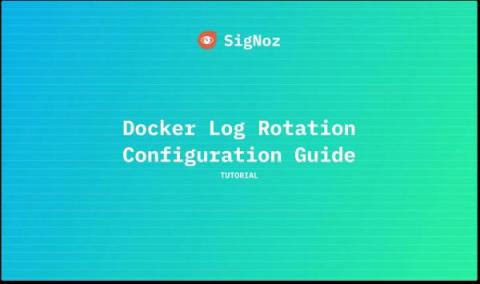OpenTelemetry Collector - architecture and configuration guide
OpenTelemetry Collector is a stand-alone service provided by OpenTelemetry. It can be used as a telemetry-processing system with a lot of flexible configurations to collect and manage telemetry data. Let's do a deep dive on OpenTelemetry Collectors to understand how it works. The first step in setting up observability with OpenTelemetry is instrumentation. The application code is instrumented with OpenTelemetry client libraries that help generate telemetry data like logs, metrics, and traces.











